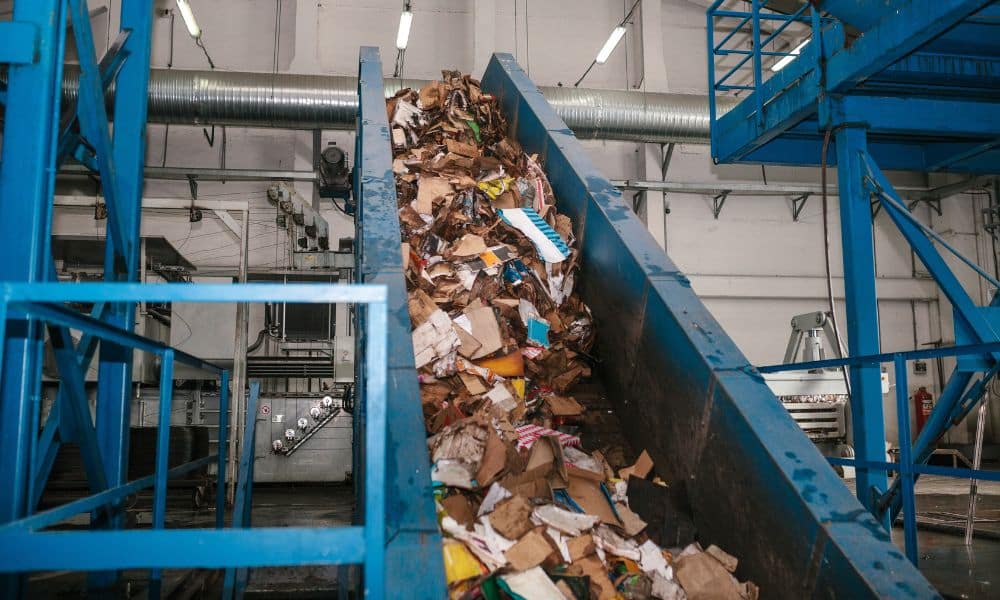
Conveyor belts are vital in many industrial environments, but people often take them for granted. Unfortunately, operating a conveyor belt without understanding the common mistakes that can damage it will lead to costly repairs and decreased efficiency. Here, we’ll discuss three common mistakes that damage conveyor belts. Understanding how these mistakes occur, what signs indicate they’re occurring, and how to prevent them is vital for keeping your operations running smoothly.
Improper Alignment
Improper alignment, or “mistracking,” is when the conveyor belt moves off its designed path and becomes misaligned. It can happen due to various causes. These can include worn or damaged rollers or bearings, incorrect sprockets and pulleys, dirt or debris buildup on the track surface, or uneven weight distribution on the belt itself. In addition to causing operational inefficiencies, such as increased downtime and decreased production rates, mistracking can also cause damage to both the belt itself and other equipment along its route. The most common signs of mistracking are visible gaps between segments of the conveyor belt as it passes through components like rollers and idlers. There may also be an excessive accumulation of dust around these points, indicating that some slipping motion has been taking place for some time. If left unchecked, this could lead to further damage due to friction between moving parts, which will eventually require costly repair work.
Improper Tension
Proper tensioning of a conveyor belt is essential for optimal performance and longevity. You should adjust the tension so that the width of the slack side (the side opposite to the drive pulley) is greater than 1∕16 of an inch at its midpoint when no load is present. Too much tension can cause undue stress on components, resulting in premature failure or damage. In contrast, if you don’t apply enough, excessive slippage will occur and lead to inefficient operation. Signs of insufficient tension include visible sagging between rollers and idlers and side-to-side movement along the length of the belt. Excessive noise from friction between moving parts can indicate too much tension.
Lack of Maintenance
Lack of maintenance is another common mistake that can damage conveyor belts. It often occurs when operators fail to conduct regular inspections and servicing or don’t have the proper tools and expertise to maintain their equipment adequately. As a result, components may become worn or damaged over time, leading to decreased efficiency and increased downtime. This results in costly repairs or replacements if left unchecked for too long. Lack of maintenance can also increase the risk of workplace accidents. Therefore, all conveyor systems must receive attention routinely via visual inspections. Replacing worn-out parts should occur promptly before they cause further damage.
Now that you know the mistakes that damage your conveyor belt system, you can work to avoid them. If you need a new conveyor belt system, check out Cambelt’s selection, including sidewall conveyor belts.
